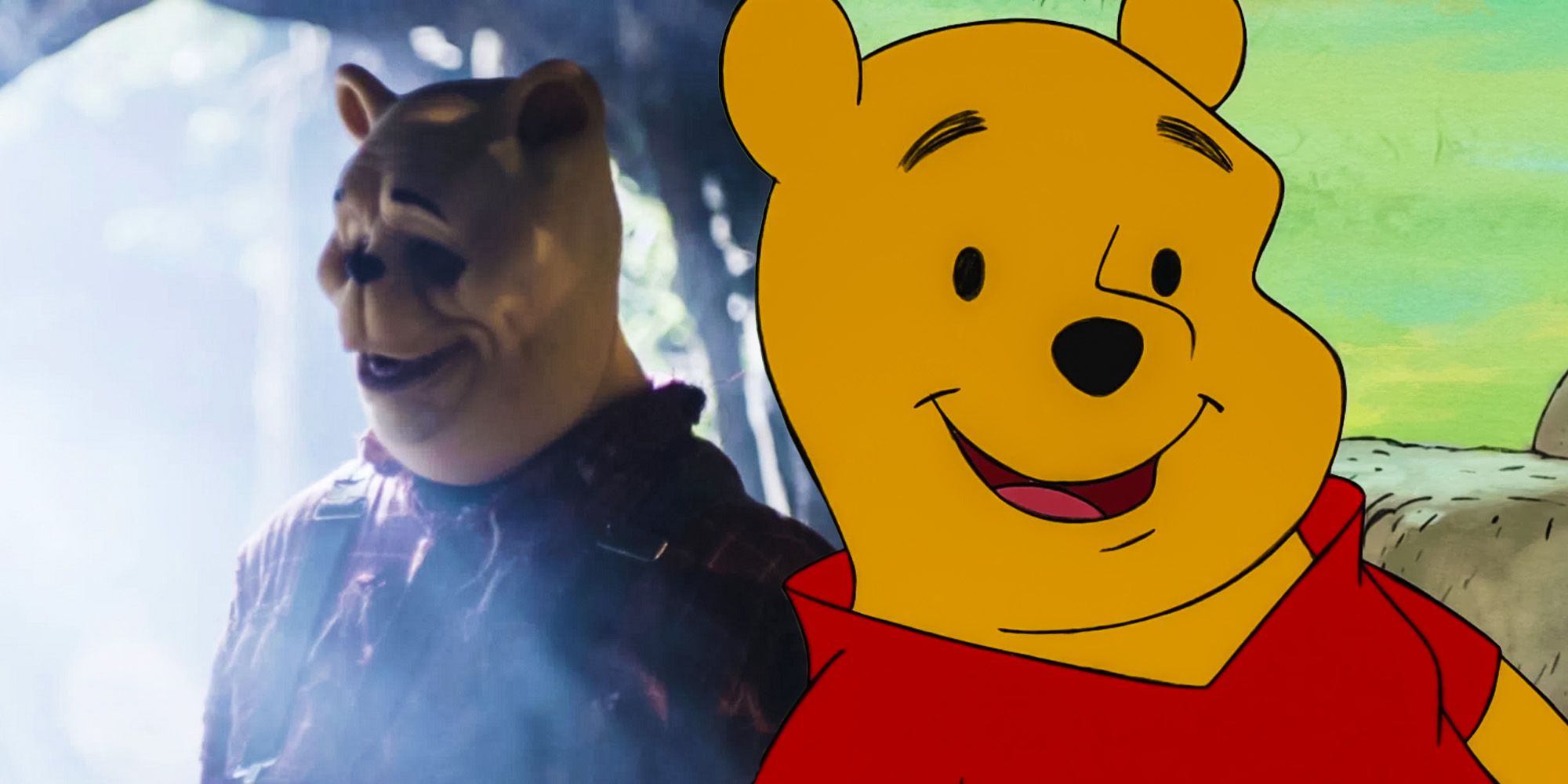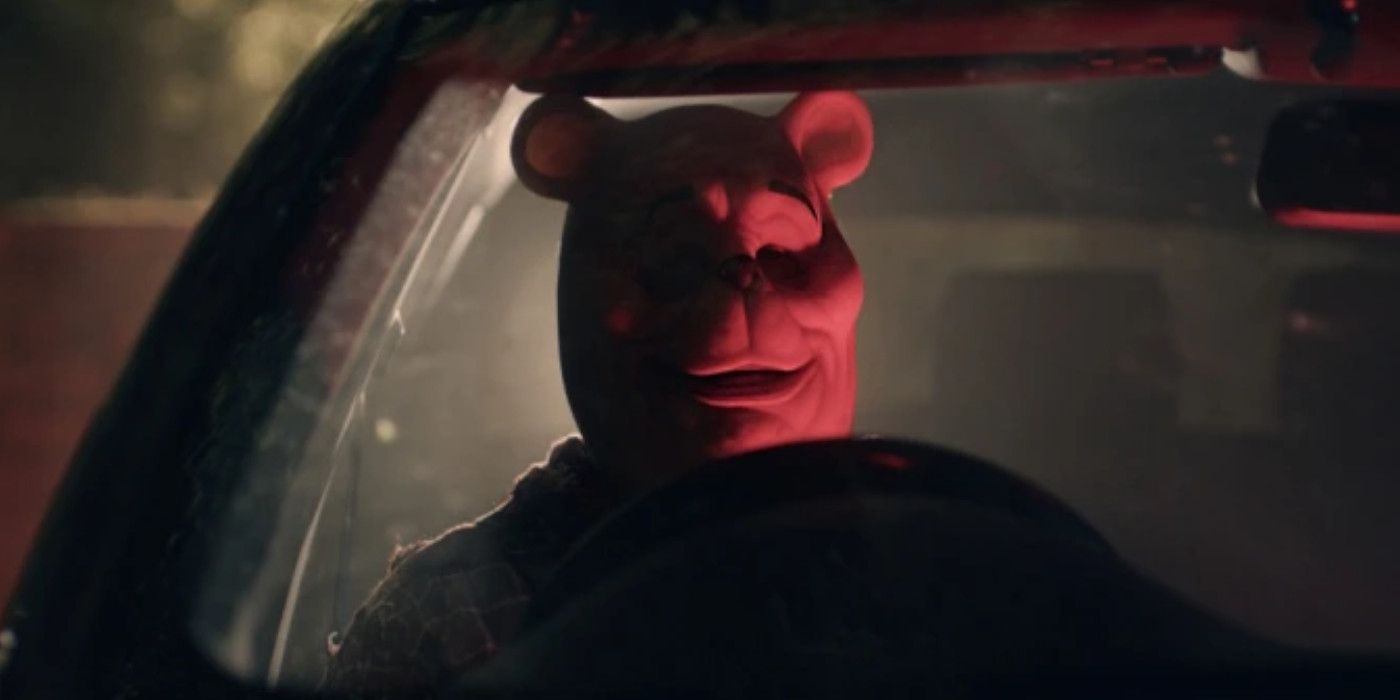Winnie the Pooh: Blood and Honey can be made as Disney no longer owns exclusive rights to the beloved children’s book character. Created by author A. A. Milne and illustrator by E. H. Shephard, Pooh was introduced in Winnie-the-Pooh, a collection of short stories published in 1926. Disney has incorporated Pooh and related characters into numerous productions since acquiring exclusive licensing rights in 1961.
Through CGI animation, 2018’s Christopher Robin incorporated Pooh and friends into a live-action film. But now Pooh is set to be reimagined in an entirely different genre: horror. The movie Winnie-the-Pooh: Blood and Honey alters the characters of Pooh and Piglet, visualizing them as rampaging and feral following their abandonment by Christopher Robin. The horror film is directed and written by Rhys Frake-Waterfield, and its unsettling distortion of the children’s classic is guaranteed to be met with both controversy and intrigue.
The production of Winnie the Pooh: Blood and Honey is possible due to A. A. Milne’s original work becoming part of the public domain in the United States in 2022. Under United States copyright law, a work will become part of the public domain 95 years following the year of its first publication, or 120 years following the year of its creation, whichever occurs first. As such, Disney’s exclusive copyright of the characters and stories of Winnie-the-Pooh is effectively terminated, though the media company does retain the rights to its versions of Milne’s characters.
Winnie The Pooh Rights: What Disney Owns & What Other Movies Can Use
Significantly, copyright law varies between territories. In the United Kingdom, for example, rights to Winnie-the-Pooh will not enter the public domain until 2027, 70 years following the death of its author, A. A. Milne. Furthermore, it is important to note that it is the book Winnie-the-Pooh that has entered the public domain in the United States, so any elements introduced in Milne’s later work are still licensed to Disney until the original work becomes part of the public domain. This includes the character Tigger, who was introduced in 1928’s short story collection The House at Pooh Corner.
Therefore, the creepy images of Winnie the Pooh: Blood and Honey do not include Tigger, but it won’t be long before movies can incorporate the bouncing tiger without permission from Disney. Nevertheless, studios can only use material directly from Milne’s work, as Disney maintain the rights to any of their creative input. This means that any movies that are not produced by Disney but are based on Milne’s characters do not have rights to feature Gopher, as the character was introduced by Disney in 1966’s Winnie the Pooh and the Honey Tree.
Future adaptations must also ensure there is no resemblance to Disney’s creative adaptations. This includes any of Disney’s stories that are not derived from Milne’s work and any of Disney’s innovative visualizations. Rest assured, while Winnie the Pooh: Blood and Honey may be a disturbing reinvention of the children’s classic, it likely won’t ever be Disney’s familiar Winnie the Pooh in his iconic red top doing the slashing.


